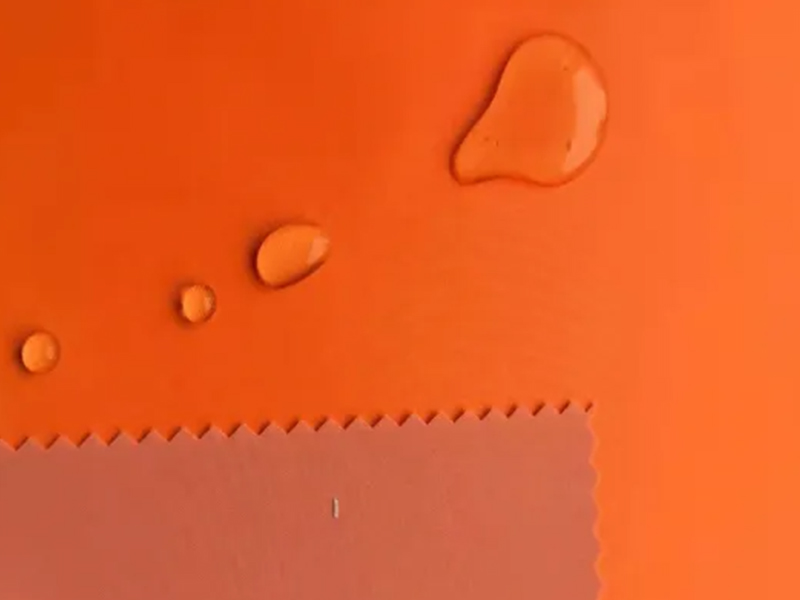Compared with ordinary fabrics, the fabrics used for
raincoats are divided into two categories: high-density fabrics and coated fabrics.
Coated fabric is a fabric treated with a special process. It is to use solvent or water to dissolve the required coating rubber particles (including PU glue, A/C glue, PVC, PE glue) into salivation, and then in a certain way (rotary mesh, scraper or roller) uniformly It is coated on the fabric (with cotton, polyester, nylon and other substrates), and then fixed by the temperature in the oven to form a uniform covering rubber on the surface of the fabric, so as to achieve waterproof, windproof, breathable and other functions.

This principle is actually very simple, but the operation is the key! It is to use a solvent (the current fabric factory generally uses toluene or methyl ethyl ketone) to dissolve the required coating rubber particles (including PU glue, A/C glue, PVC, PE glue) into salivation (related to the rubber and The ratio of sol, viscosity, etc.) is evenly coated on the fabric (with cotton, polyester, nylon and other substrates) by a scraper, and then fixed by the temperature in the oven to form a uniform layer on the surface of the fabric. The cover rubber material, so as to achieve waterproof, windproof, breathable and other functions! Coated fabrics or fabrics generally have a higher improvement in cracking. These coated fabrics are used in down jacket fabrics, ski wear fabrics, work protective clothing fabrics, and outdoor sportswear fabrics.












